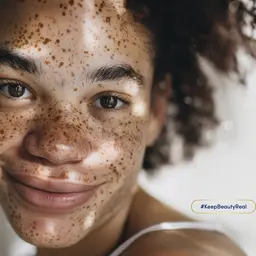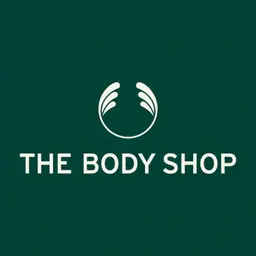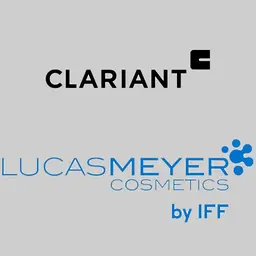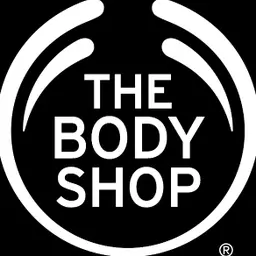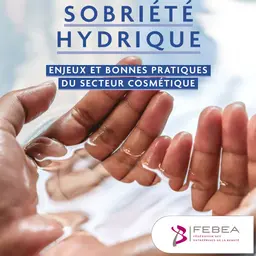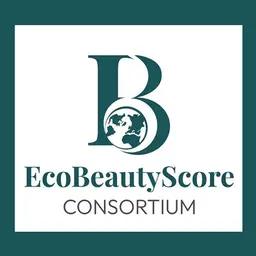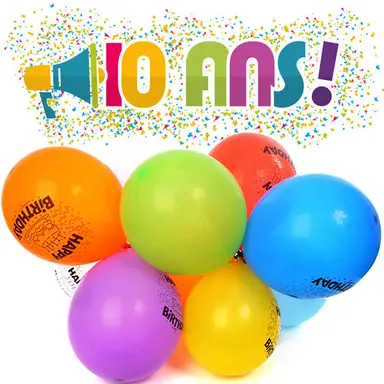
There we are… The wheel is turning and time is passing, and CosmeticOBS is officially 10 years old. Since its first articles published online in 2008, our information portal has changed a lot. Over the days (and now years), it has grown, been enriched with sections and dossiers, has gradually accumulated many references in the fields of regulations, trends, market figures, exports… while continuing to enrich its sections on ingredients and cosmetic products. The aim is always to provide everyone with the most exhaustive databases possible on the sector, and to constitute a single intelligence and management tool for all its actors. To celebrate its 10th anniversary with its readers, CosmeticOBS organized a major competition: 10 questions and beautiful gifts for the best answers. Here are the results!
Let’s not hide it: this competition was a real success! CosmeticOBS recorded the responses of more than 60 participants, and most of them were particularly brilliant! It is true that all the answers could be found in the online articles on the site or the ebooks available in our Library, but we admit it, some were not easy and required a little analysis! And we are proud, at CosmeticOBS, to see that our community is so focused on the multitude of subjects that interest cosmetics: congratulations to all! As promised, after reviewing the answers, we can now communicate the right ones to these 10 questions and the names of the lucky winners!
The answers to the 10 questions
1/ How many ingredients in the form of nanomaterials are listed in the Annexes to Cosmetics Regulation 1223/2009?
5. (Only ingredients that are already explicitly listed in their nano form in the Annexes, and not ingredients listed therein that may possibly be found in the form of nano in formulae, are taken into account…)
• Tris-biphenyl triazine: Annex VI/23a
• Titanium dioxide: Annex VI/27a
• Zinc oxide: Annex VI/30a
• Carbon Black: Annex IV/126a.
• MBBT / INCI : Methylene bis-benzotriazolyl tetramethylbutylphenol : Annex VI/23a
2/ In its Notes of Guidance (9th revision), the SCCS defined specific acceptance criteria, in terms of microbiological risks, for cosmetic products intended for the eye area. What is the indicated threshold for mesophilic aerobic germs?
≤ 100 cfu/g or ≤ 100 cfu/ml.
3/ Mr. Hervé Émache, based in London, distributes his cosmetic products throughout the European market. Subject to political developments by that date, what will be its status in Europe after 30 March 2019?
If Brexit enters into force on the scheduled date (and in the absence of an agreement that could provide for a transitional period), the United Kingdom will no longer be part of the European Union and Mr Hervé Émache will have the status of an importer of products in Europe. A Responsible Person based on the European territory shall be appointed.
4/ What conditions must be met to be able to affix the UVA logo surrounded by a circle on the packaging of a sunscreen product?
The UVA protection factor must be at least 1/3 of the SPF (sun protection factor) indicated on the label (which itself must be at least 6). At the same time, a specific test must verify that the critical wavelength is at least equal to 370 nm to ensure that UVA protection extends to long UVA.
5/ “Without…” claims are less and less welcome on cosmetic product packaging. But there are some tolerances… In what case(s) can we still indicate “Alcohol-free”?
The Claims Working Group Technical Document, dated July 2017, explicitly mentions the case of a mouthwash for the whole family: the claim “Without” can be justified under the 6th Common Criterion (Informed decision-making), if it is as well in compliance with the other Common Criteria.
6/ In the shower…. what is the average surface area of the skin exposed to a shower gel according to CSSC data?
17500 cm².
7/ Under the sun… what are the reference standards for evaluating the sun protection factor of a cosmetic product?
• FPS in vivo: ISO 2444444, standard published in November 2010
• FP-UVA in vivo: ISO 24442, standard published in December 2011
• FP-UVA in vitro: ISO 24443, standard published in May 2012
With regard to the measurement of SPF in vitro, since the normative work was not completed in time, draft standard 24445 was reinserted in 2012, but has not yet been published.
8/ What minimum percentage of ingredients of organic origin must contain a shampoo to obtain COSMOS ORGANIC certification?
10% (this is an exception to the 20% minimum organic ingredient rule established by the COSMOS-Standard for rinsing products).
9/ Case study (submitted by Frédéric Lebreux - Biorius)
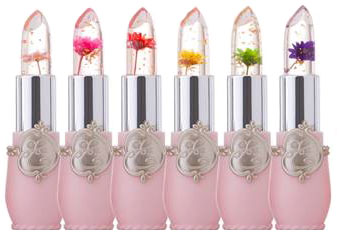 You are about to market a lipstick with real flower petals in its stick. Should the flower be indicated in the list of ingredients? What legal implications can have the inclusion of a flower in a cosmetic product?
You are about to market a lipstick with real flower petals in its stick. Should the flower be indicated in the list of ingredients? What legal implications can have the inclusion of a flower in a cosmetic product?
Five answers were proposed
• Choice 1: This flower is one of the ingredients of the cosmetic product and it is necessary to evaluate and label it as such. I label Bellis Perennis in the list of ingredients and its location in the list is determined by the weight of the flower in relation to the weight of the rest of the cosmetic formula.
• Choice 2: This flower is one of the ingredients of the cosmetic product and it is necessary to evaluate and label it as such. I label Bellis Perennis extract in the list of ingredients but the relative weight of this extract being very low, the ingredient is placed after all those present at more than 1%.
• Choice 3: This flower is not an ingredient in the cosmetic product and therefore should not be labelled. On the other hand, the evaluation of the safety in use of the cosmetic product must take this flower into account.
• Choice 4: This flower is not an ingredient in the cosmetic product and, therefore, no specific legal obligation applies except the General Product Safety Directive (2001/95/EC).
• Choice 5: This situation is not foreseen by the current regulatory framework and therefore the placing on the market of this product is not feasible.
According to Biorius’ analysis, answer 3 is the right one because:
• A flower is not a substance or a mixture of substances and therefore cannot be part of a cosmetic product, as defined by the Cosmetics Regulation. In reality, a flower is more like an article in the sense of the REACH regulation. Similarly, a metal ball in the cosmetic product would also not be considered part of that cosmetic product. Therefore, the labelling of this flower in the list of ingredients makes no sense in this context.
• The cosmetic product must be safe to use under normal and reasonably foreseeable exposure conditions. The presence of a flower can have a significant impact: transfer of substances, microbiological contamination, general toxicity of the flower and interaction with the product. All this must be considered.
10/ The CosmeticOBS websiteis 10 years old. In which year was its PRO Section put online and became the essential intelligence and information tool for all actors in the cosmetics industry?
November 2011.
Yes, it was only three years after its launch that CosmeticOBS created its PRO Section, which articles (with high added value) are reserved for subscribers, even if some content, more intended for the general public, remains freely accessible.
And the winners are…
1st price
Chloe Violin - TAIKI Cosmetics Europe
With a score of 18/20, Chloé Violin won a free pass to the two-day Perfumes and Cosmetics 2018 conference in Chartres, offered in partnership with the Cosmetic Valley and abe, worth €1,260 including tax.
2nd price
Juliette Fincias - Visiomed Laboratories
With a score of 16.5/20, Juliette Fincias will be the subject of an article “Portrait et présentation de l’entreprise”, written and published on CosmeticOBS, of an… inestimable value!
3rd price
Christiane Tort - CT Consultant Firm
With a score of 16/20, Christiane Tort won 3 ebooks, to be chosen from the CosmeticOBS Library, with an average value of 250€HT.
4th prize - ex-aequo
Béatrice Vorobieff-Terrien - Tech Nature and Marie-Pierre Gravier - Gravier Laboratory
They each won 2 ebooks, to be chosen from the CosmeticOBS Library, with an average value of 160€ HT.
5th prize - ex-aequo
Magali Boyer - Laboratoires Prodene Klint and Geoffrey Tessier - Laboratoire Laboheme
They both won 1 ebook, to be chosen from the CosmeticOBS Bookstore, with an average value of 80€ HT.
Thank you all again: thank you for playing the game, thank you for participating in our festive spirit for our 10th anniversary and thank you for continuing to be loyal to us for the next 10 years: CosmeticOBS still has a lot to offer you (and well before its 20th anniversary)!

